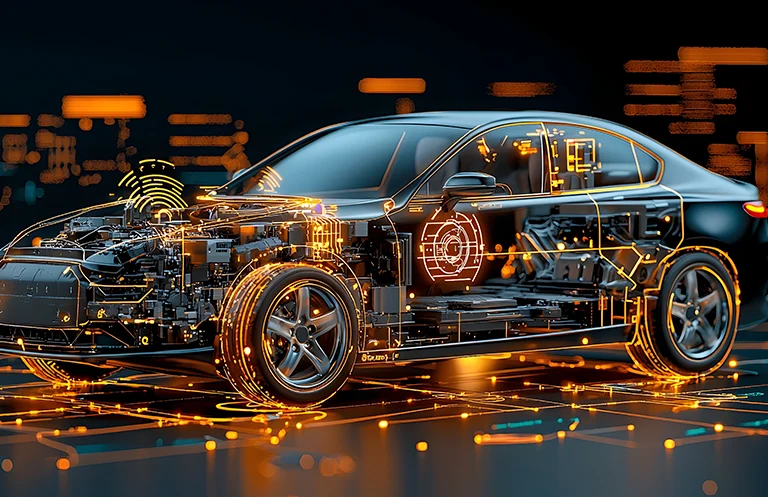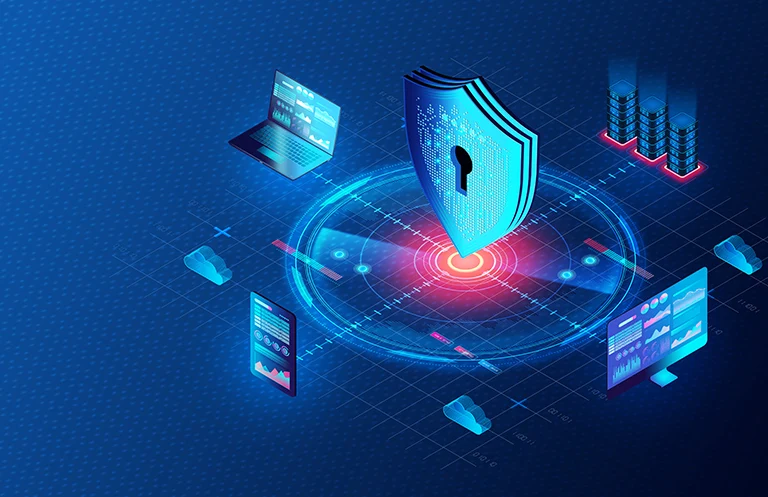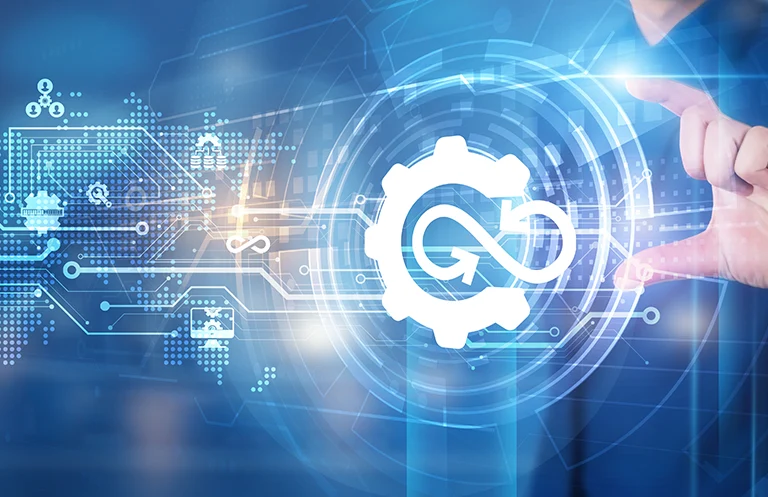Eragon for Edge Computing and Processing: The heart of next-gen IoT solutions
IoT is slowly and gradually moving from vision to reality. IoT platforms are playing a vital role in this evolution by providing necessary building blocks. Several technologies are required to support the deployment and continued growth of IoT makes a great emphasis on interoperability, creating standards and standards that enable seamless communication between IoT devices and component support. It has also led to substantial efforts to develop nexgen IoT solutions. There is no doubt that the next industrial revolution will be about technology and IoT could become a focus. IoT is a very cool and smart technology that reduces human effort and enables easy access to physical devices.
According to the development of the Internet, it can be divided into five areas
1. Internet of Documents – e-libraries, document-based webpages
2. Internet of Commerce- e-commerce, e-banking, and stock trading websites
3. Internet of Applications- Web 2.0
4. Internet of People- Social networks
5. Internet of Things- Connected devices.
The IoT creates smart environments with digital technologies to optimize the way we live our lives. According to International Data Corporation, the rollout of over 41 billion IoT devices is expected by 2025. This will lead to an exponential growth of data and push computing operations and data analytics to the edge. IDC’s research director for Asia-Pacific, Bill Rojas, says the ongoing deployment and expansion of 5G will drive the growth of connectivity use cases that utilize massive narrowband IoT as well as wideband/broadband IoT such as 4K IP cameras.
IoT solutions have been continuously growing in the past few years and have opened up new avenues for improvement. IoT devices and sensors now need to evolve and become smarter, which requires faster computing and processing on the edge. This blog discusses how Edge computing can help creating better IoT solutions.
The growth of IoT solutions has created new areas of development for embedded systems. With recent advancements in technology, a more diverse set of devices and sensors will reside on the edge. With ever-increasing amount of data collected by sensors, the edge devices will also need to have computing and processing capabilities to enable faster decision making.
To ensure real time processing and low latency of highly distributed embedded devices, solution providers typically implement edge computing. Edge computing shifts the data processing and computing power away from central servers to the nodes of a network. Edge computing, makes use of distributed data resources that are close to the devices generating data.
Edge computing has many advantages
- The implementation significantly decreases network overload as the volumes of data that must be moved, the consequent traffic, and the travel distance reduces.
- It decentralizes the core computing environment and eliminates a major bottleneck and a potential point of failure.
- It reduces latency and improves response time.
- Decentralization also helps in virtualization and enables scalability.
With the recent advancements in technology and cost reduction in edge computing, which was previously adopted only by very large corporate and government organizations is now used by even small and medium-sized businesses.
Qualcomm® Snapdragon™ processors are embedded in and engineered to meet the requirements for IoT solutions. As a leader in mobile computing technologies, Snapdragon processors are making devices more aware, connected, intelligent and interactive.
The Snapdragon processor platform is ideal for “Internet of Everything” use cases in smart homes, industrial automation, digital media players, smart surveillance and home appliances -be it Interactive kiosks, Digital signage, Robotics or High-tech toys. The Snapdragon processor combines a custom CPU, GPU, and DSP for high-power applications, ultra-low power applications, and everything in between.
Snapdragon for Edge Computing
- Qualcomm Snapdragon based open source community framework
- High speed processing enabled on the Nodes with the smallest form factor
- Lower development cost with faster time to market
- Supports Linux, Android and Windows 10
- Multiple sensor interfaces, power inputs, and flexible configuration for diverse applications
- Supports Camera, USB, Ethernet, GPS, Audio, Speakers etc.
- Multiple Wireless Connectivity Options: Wi-Fi 802.11 a/b/g/n and Bluetooth 4.0, ZigBee, Zwave, Proprietary RF, Low Power Audio Codec, MEMS Audio, 3G/4G/LTE etc.
eInfochip’s Eragon products, based on Qualcomm Snapdragon processors, leverages the above mentioned hardware and software features to kick-start your next-gen IoT solution development. Know about how Eragon 410 powers innovative solutions for Smart Home












